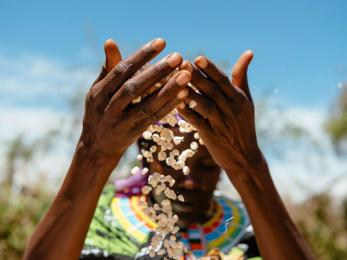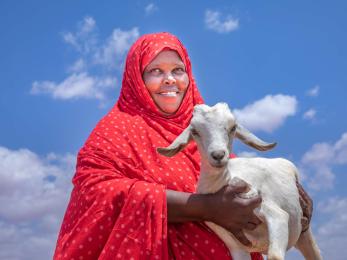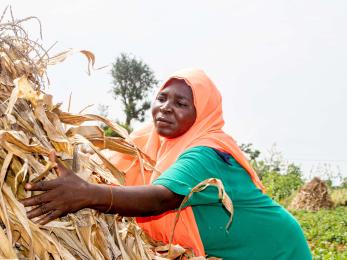What Matters for Households' Recovery Trajectories Following the Gorkha Earthquake
Read the Full Report ▸
Read the Report Brief ▸
On April 25, 2015, a 7.8 magnitude earthquake rocked Nepal, killing over 9,000 people, destroying or badly damaging more than 800,000 homes and displacing approximately 2.8 million people.
In an effort to better understand what factors mattered most for households’ recovery and future resilience, Mercy Corps followed the same group of households across 26 earthquake-affected communities 10 weeks, one year and two years after the earthquake. The research aims to improve humanitarian response and design of recovery programs in the aftermath of acute disasters in order to better meet communities’ future needs.
Key findings from the two-year study include:
A single major disaster can be a catalyst for increased fragility: Households that experienced food price and climate shocks post-earthquake were less likely to purchase assets, rebuild their homes and recover livelihoods one year after the disaster.
Factors that help households in the immediate aftermath of a shock May not sustain longer-term recovery: Timely emergency aid (within seven days) and informal savings helped households mitigate the worst effects of the earthquake in its immediate aftermath, but did not influence long-term recovery trajectories.
Formal lending consistently helps households cope better and recover faster: Households who accessed formal credit were more likely to recover their livelihoods one and two years after the earthquake, were more food secure within the first year after and had improved homes two years after, as compared to households who did not borrow formally.
Bolstering key resilience capacities over time allows households to cope in the short-term and achieve long-term recovery: Households who saw a positive change over time in their access to formal savings and lending, household risk awareness and bonding social capital demonstrated better recovery outcomes across all timescales post-earthquake.
Key recommendations include:
- Support disaster-affected households with an integrated package of resilience interventions, including formal savings and loans, household risk awareness and planning and social capital to speed and strengthen recovery and build a more resilient future.
- Ensure humanitarian actors are prepared to alleviate suffering in the short-term while working with government and communities to identify and manage future risks.
- Bolster timely and nimble relief efforts that provide aid within seven days and quickly pivot to building longer-term resilience capacities for rapid recovery.


